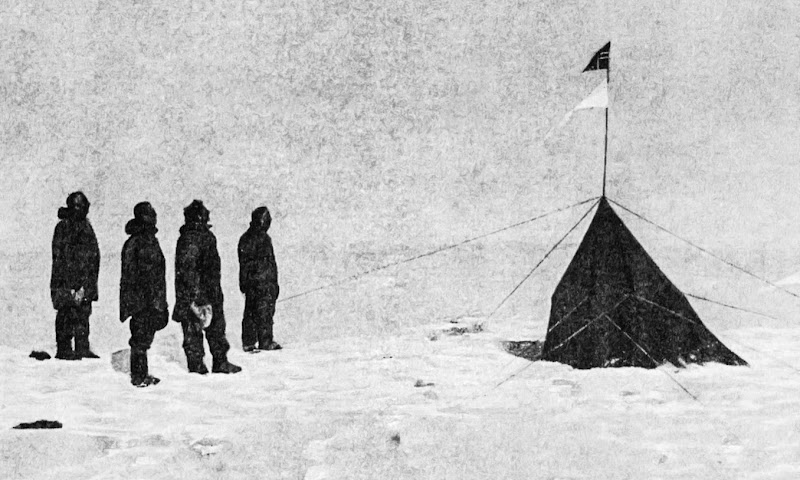The Sanzhi UFO houses (三芝飛碟屋 sānzhī fēidiéwū), also known as the Sanzhi pod houses or Sanzhi Pod City, were a set of abandoned pod-shaped buildings in Sanzhi District, New Taipei City, Taiwan. The buildings resembled Futuro houses, some examples of which can be found elsewhere in Taiwan. The site where the buildings were located was owned by Hung Kuo Group.
The UFO houses were constructed beginning in 1978. They were intended as a vacation resort in a part of the northern coast adjacent to Tamsui, and were marketed towards U.S. military officers coming from their East Asian postings. However, the project was abandoned in 1980 due to investment losses and several car accident deaths during construction, which is said to have been caused by the unfortuitous act of bisecting the Chinese dragon sculpture located near the resort gates for widening the road to the buildings. As of 2010, all UFO houses have been demolished and the site is in the process of being converted to a commercial seaside resort and water-park.
(source:
wikipedia, more images:
wikicommons)

















-edit_EDIT.jpg)




